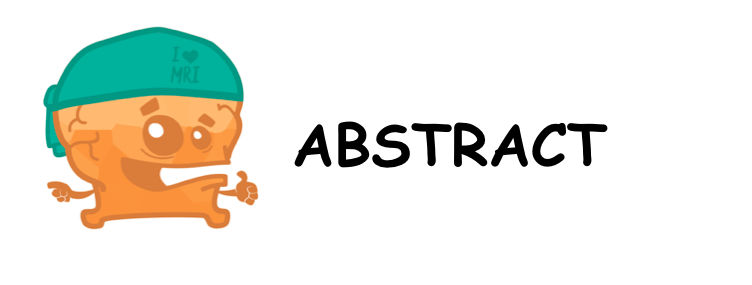Second-look strokectomy of cerebral infarction areas in patients with severe herniation
OBJECTIVE
Decompressive craniectomies (DCs) are performed on patients suffering large cerebral infarctions. The efficacy of this procedure has been demonstrated in several trials. In some cases, however, this procedure alone is not sufficient and patients still suffer refractory elevations of intracranial pressure (ICP). The goal of this study was to determine whether resection of infarcted tissue, termed strokectomy, performed as a second-look procedure after DC, improves outcome in selected cases.
METHODS
The authors retrospectively evaluated data of patients who underwent a DC due to a cerebral infarction at their institution from 2009 to 2016, including patients who underwent a strokectomy procedure after DC. Clinical records, imaging data, outcome scores, and neurological symptoms were analyzed, and clinical outcomes and mortality rates in the strokectomy group were compared to those for similar patients in recently published randomized controlled trials.
RESULTS
Of 198 patients who underwent DC due to cerebral infarction, 12 patients underwent strokectomy as a second surgical procedure, with a median National Institutes of Health Stroke Scale (NIHSS) score of 19 for patients with versus 16 for those without secondary strokectomy (p = 0.029). Either refractory increases of ICP > 20 mm Hg or dilated pupils in addition to herniation visible on CT images were triggers for strokectomy surgery. Ten of 12 (83%) patients had infarctions in more than one territory (p < 0.001). After 12 months, 43% of patients had a good outcome according to the modified Rankin Scale (mRS) score (? 3). In the subgroup of patients suffering infarctions in more than one vascular territory, functional outcome after 12 months was better (mRS ? 3 in 40% of patients in comparison to 9%; p = 0.027). A 1:3 case-control analysis matched to age, side of infarction, sex, and vascular territory confirmed these results (mRS ? 3, 42% in comparison to 11%; p = 0.032). Age, NIHSS score on admission, and number of vascular territories involved were identified as risk factors in multivariate analysis (p < 0.05). Patients in the strokectomy group had more infections (p < 0.001). According to these results, the authors developed a scale (Münster Stroke Score, 0–6 points) to predict whether patients might benefit from additional strokectomy. Receiver-operating characteristic (ROC) curve analysis revealed an area under the curve (AUC) of 0.86 (p < 0.001). The authors recommend a Münster Stroke Score of ? 3 as a cutoff, with a sensitivity of 92% and specificity of 66%, for predicting benefit from strokectomy.
CONCLUSIONS
In this study in comparison to former studies, mortality rates were lower and clinical outcome was comparable to that of previously published trials regarding large cerebral infarctions. Second surgery including strokectomy may help achieve better outcomes, especially in cases of infarction of more than one vascular territory.

